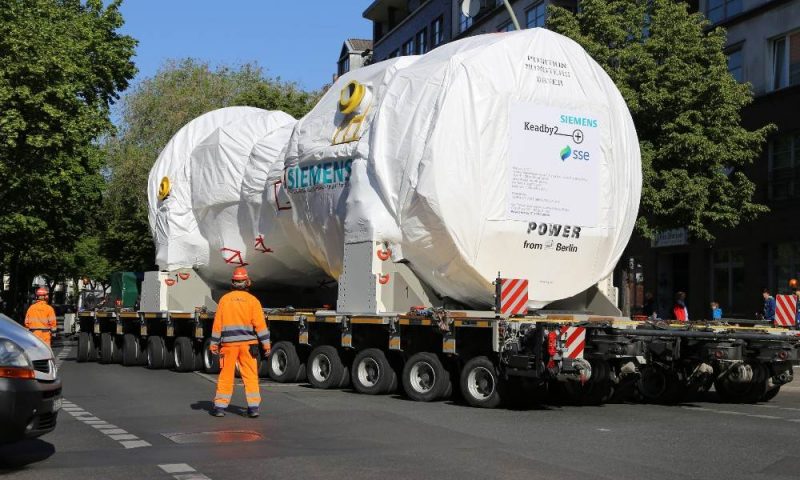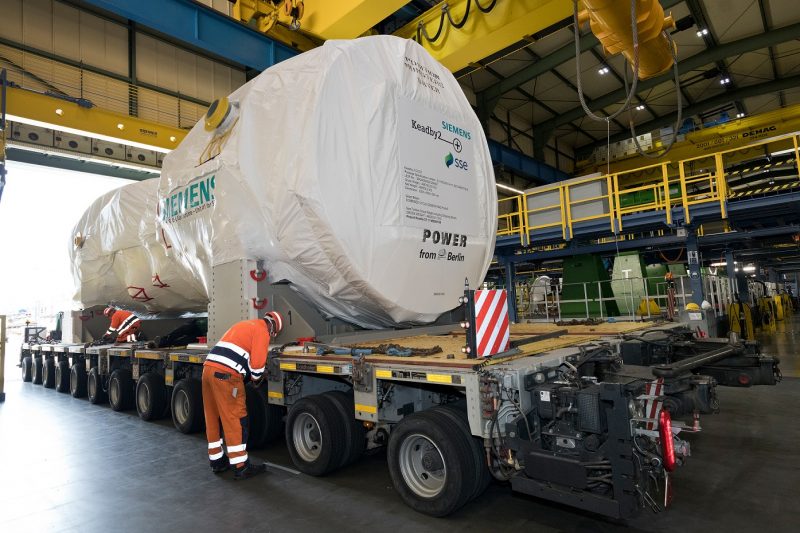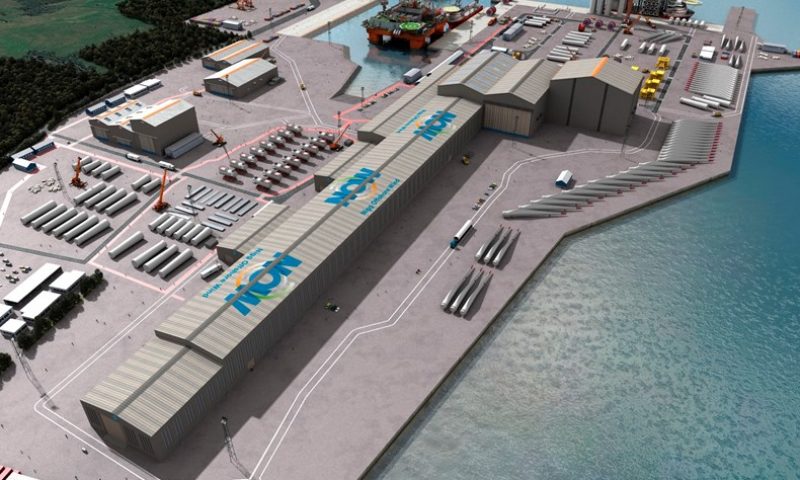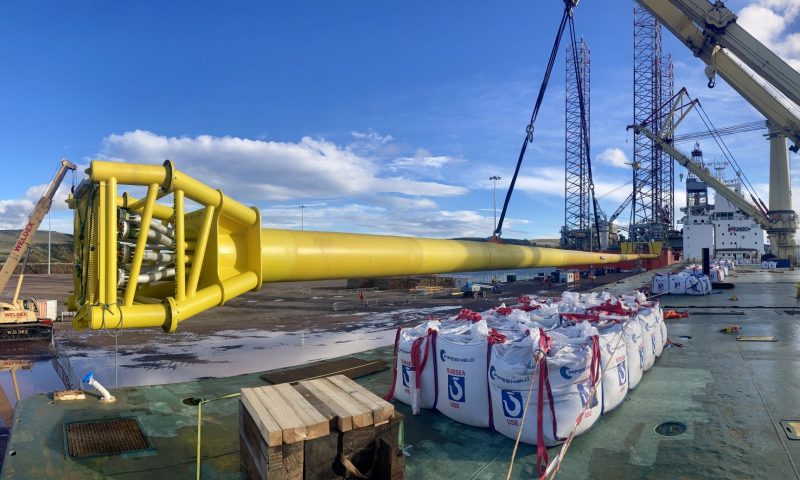
Keadby 2 Turbine Set Sail for Its North Lincolnshire Home
SSE’s Keadby 2 project took an important step forward, as the gas turbine for the power station set sail from the Siemens Energy factory in Berlin on its way to its new home in North Lincolnshire.
The first-of-a-kind turbine will travel from Berlin to Rotterdam, and then by sea to the Humber Estuary, where it will travel down inland waterways to reach the construction site.

Keadby 2 represents a £350 million investment by SSE Thermal to introduce cutting-edge, super-efficient gas-fired generation technology to the UK. At 840MW, the station will have the capacity to power around 800,000 homes, and is well-sited to contribute to the broader industrial decarbonisation of the Humber region.
Once completed, the turbine will achieve 63% efficiency, enabling the UK to move away from older, more carbon-intensive generation. The station will also provide important flexibility, with the turbine able to reach full power in just 30 minutes, complementing the increasing levels of renewable energy on the system.
Construction at the Keadby 2 site is progressing, however, in light of the Covid-19 pandemic, new ways of working have been put in place to take account of the latest Government and industry guidance. These measures are being reviewed on a regular basis to ensure standards are being maintained at all times.
Stephen Wheeler, Managing Director, SSE Thermal, said: “Today marks a hugely exciting milestone for our Keadby 2 project as the turbine begins its journey to north Lincolnshire. This first-of-a-kind technology will make Keadby 2 the UK’s cleanest and most efficient gas-fired power station, displacing older, more carbon-intensive generation, and providing vital flexibility for the electricity system.
“The construction of Keadby 2 is a key part of our strategy to decarbonise our thermal power generation and complement the growth of renewables as we transition to net zero. We’re also exploring the potential for further decarbonisation in the Humber region through carbon capture and hydrogen solutions as routes to market develop.”
Steve Scrimshaw, Chief Executive Officer, Siemens Energy Ltd UK & Ireland, said: “As the UK moves to reach its target for net zero emissions by 2050, the flexibility provided by gas-fired power will complement an increasing amount of renewable generation on the grid. And, combined with development of carbon capture technology, and new fuels such as hydrogen, CO2 from gas power generation can be significantly reduced to reach net zero.”













